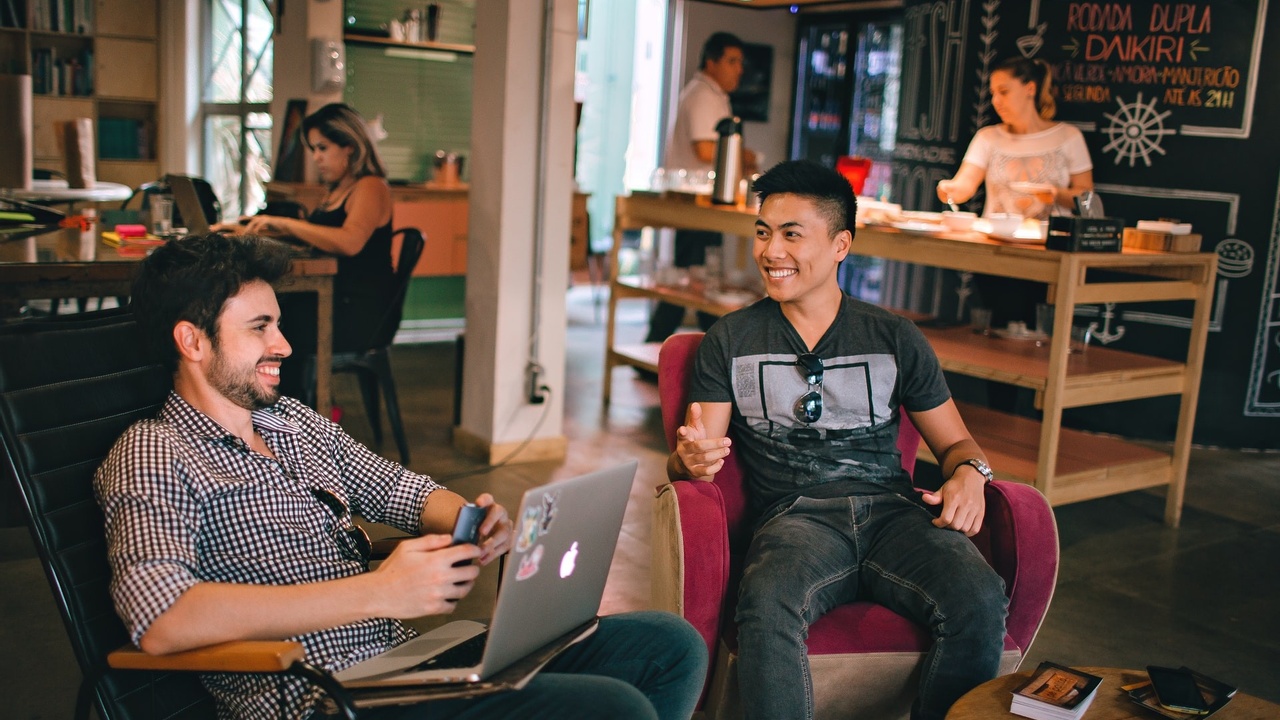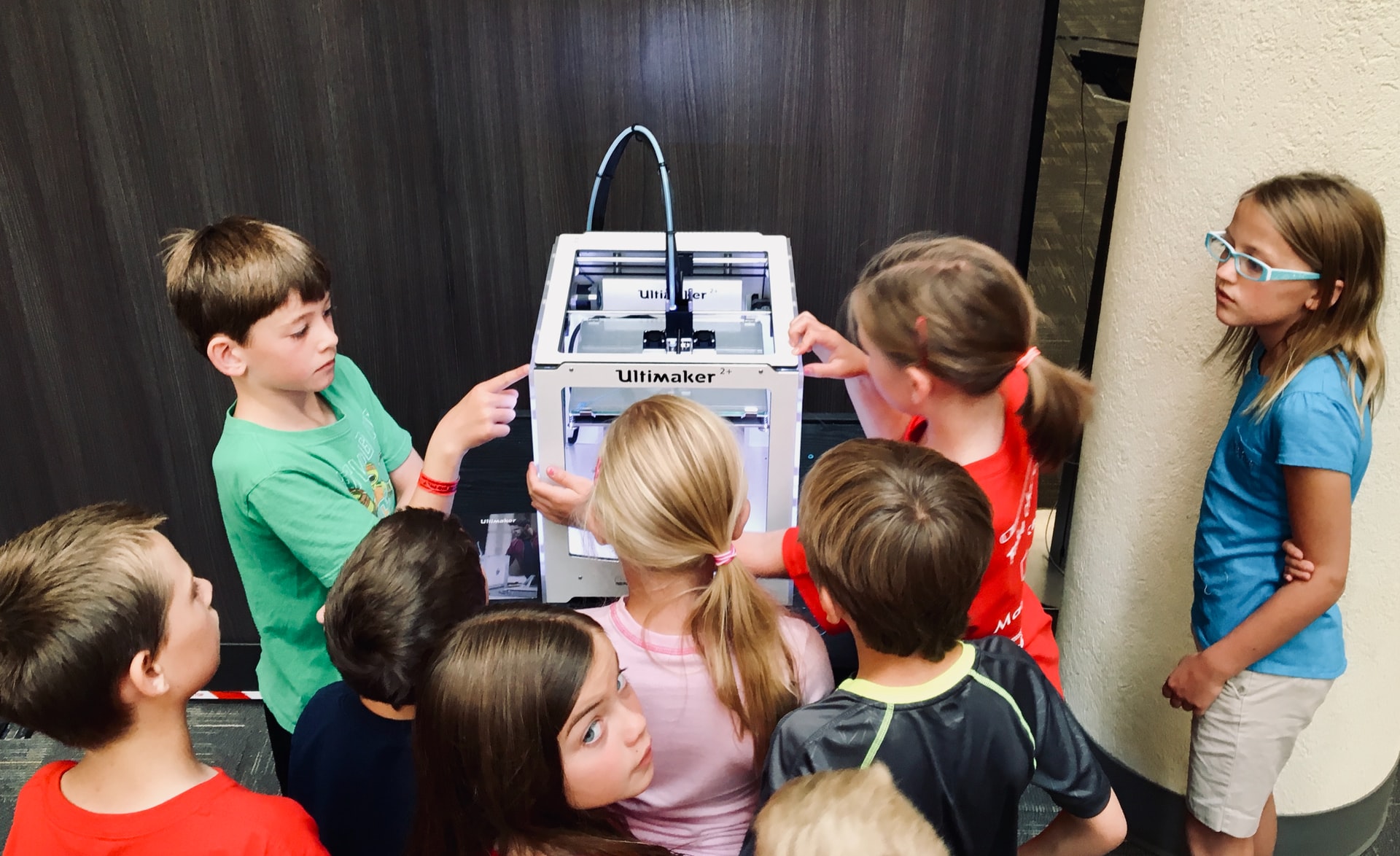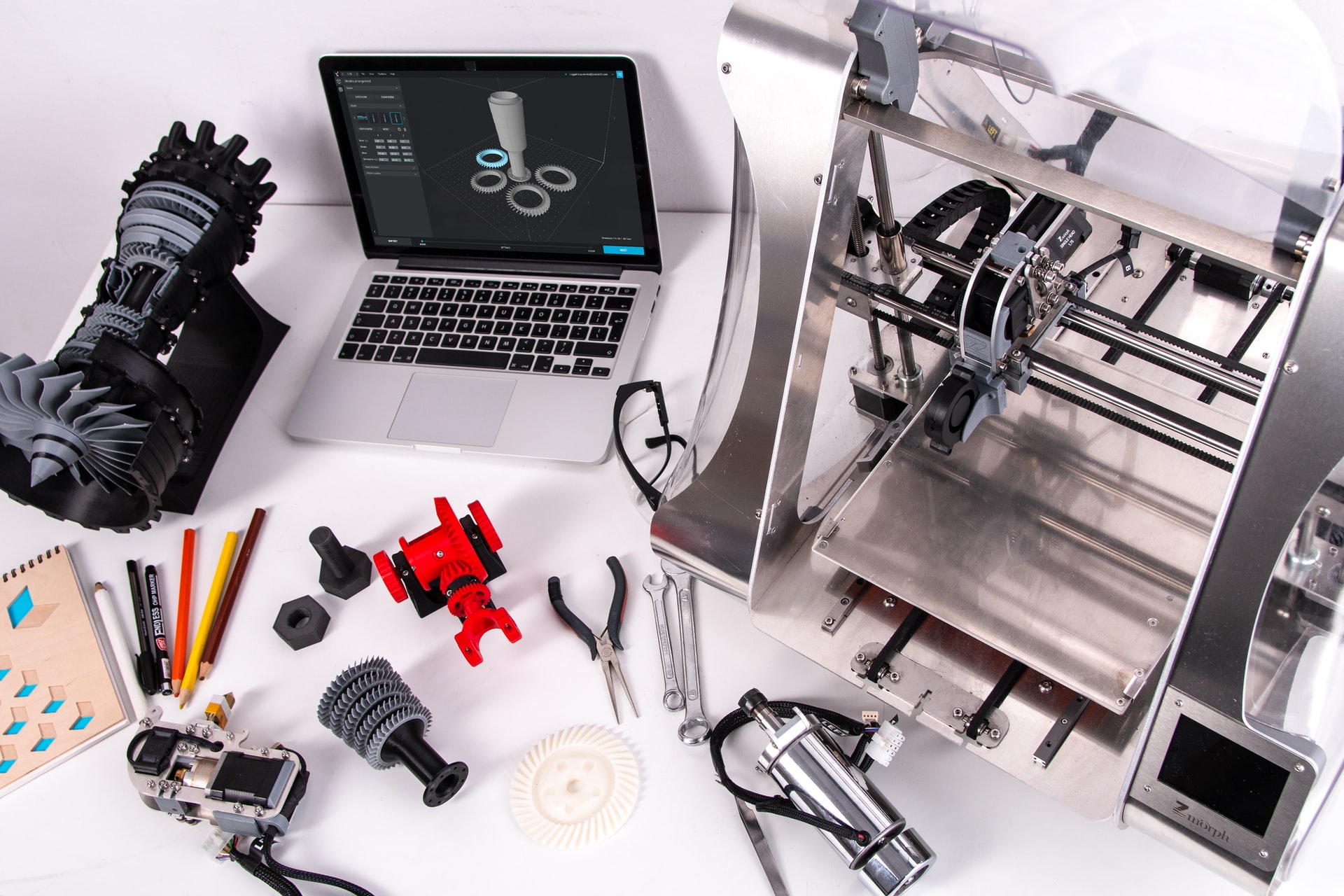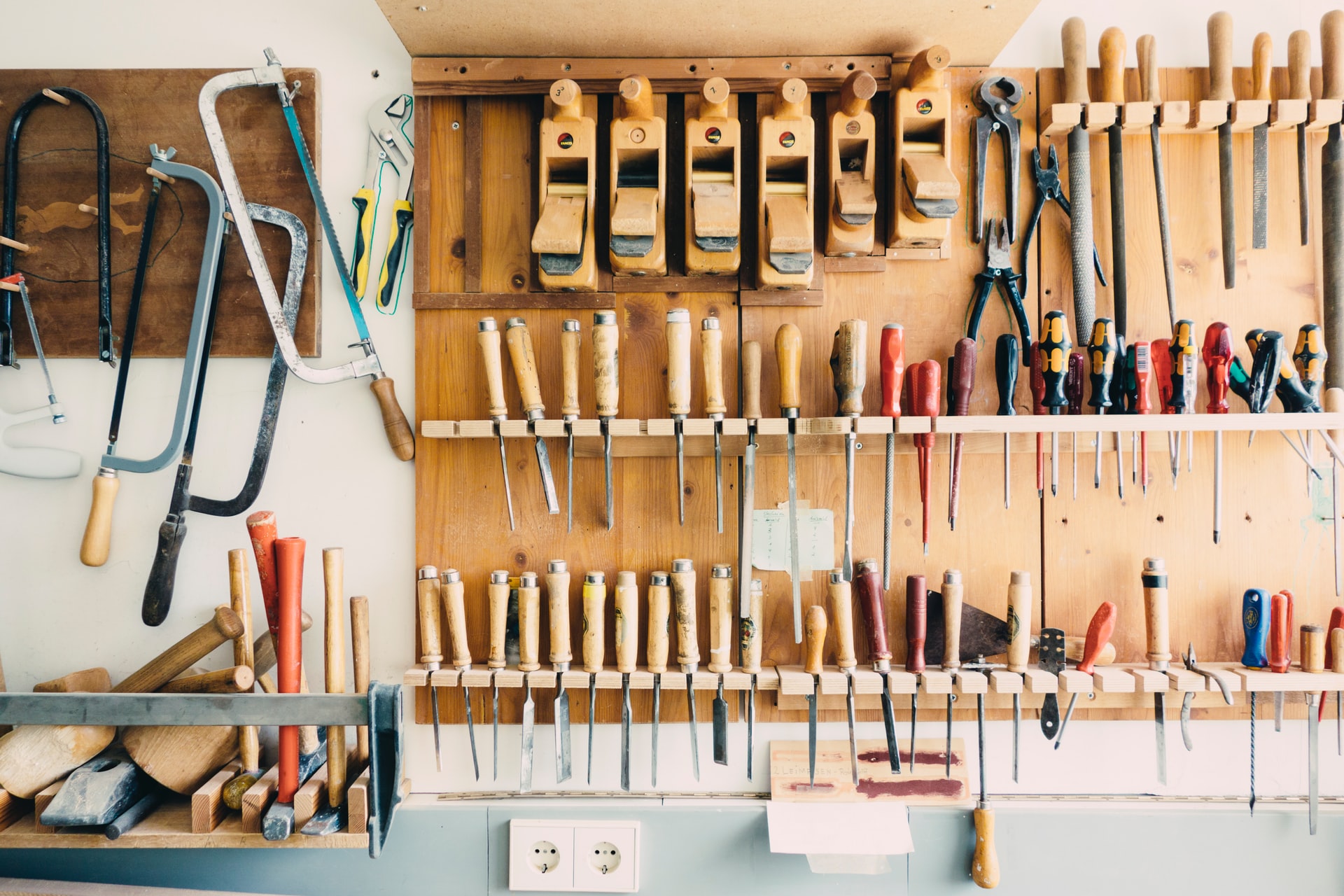Makerspaces: Where DIY meets education

Have you ever heard of a makerspace? You might be able to guess what a makerspace is based on its name…essentially, it’s a space where people can create and make things! More specifically, a makerspace is a collaborative space where people can gather to get creative with DIY or tech projects, and share ideas, tools and resources.
If you are someone who enjoys working with your hands and collaborating with others, a makerspace might just be what you are looking for! Makerspaces are quite unique, meaning that the projects and tools found within them can differ from space to space in order to meet the needs of the community. For example, some makerspaces include activities such as coding or robot building, while others focus on woodworking, inventing, and crafting.

Makerspaces can occur in a variety of places. For example, you might be able to find one at your local library, community centre, in elementary schools, or even within your own home!
How did makerspaces come to be?
Makerspaces, although not always known by this name, have been around for many years. The very first makerspace was thought to have occurred in 1873 in Gowanda, New York where a group of local women would gather together for tea, quilting, sewing, and other similar activities. In 1877, it became the Ladies Library Association, and then the Gowanda Free Library in 1900.
Similar crafting programs, groups, and crafting libraries began to emerge in North America in the following years.
Similar spaces called hackerspaces began to gain popularity as well. The first hackerspace was called C-Base which was founded in Berlin in 1981. Hackerspaces began as places where a group of computer programmers could meet and work together to “hack” and find new ways to use technology. Hackerspaces have sort of evolved into more generalized makerspaces as maker tools such as 3D printers and laser cutters have become more affordable and as a result, more commonly used within these communities.
Maker Faire
The art of making has become celebrated worldwide with Maker Faires. Maker Faire is a convention of do-it-yourself enthusiasts started by Make magazine in 2006. The first Maker Faire was held in San Mateo, California and drew a crowd of 20,000 people. Since then, Maker Faires have been held all over the world including in Tokyo, Paris, Berlin, Barcelona, Kansas City, and more!
According to the Maker Faire website, Maker Faires are described as being “part science fair, part county fair, and part something entirely new, Maker Faire is an all-ages gathering of tech enthusiasts, crafters, educators, tinkerers, hobbyists, engineers, science clubs, authors, artists, students, and commercial exhibitors. All of these “makers” come to Maker Faire to show what they have made and to share what they have learned.”

If you are interested in joining a global or local Maker Faire, check out the Maker Faire website for updates on where and when Maker Faires will be occurring!
What are the benefits of makerspaces?
Now, why should we be implementing makerspaces? What benefits do they provide? Well, not only do they provide a great opportunity to develop your DIY skills, allowing you to explore becoming a local maker, for yourself or for others, you can do it with the shared resources of the space and the support of others. Who knows, this may even turn into an opportunity to sell your goods at a local Maker’s Market.
One of the most important benefits of makerspaces is that they can also be great learning spaces for children. Makerspaces are about turning knowledge into action. Sure, many children know how to operate and consume technology, but it is important to promote creation instead of consumption.
The maker movement encourages teaching and learning that is centred on hands-on activities and student-centred inquiry. Hands-on projects involve teamwork, problem-solving, and the application of knowledge. These are all important components of learning, as students learn at a deeper level when they are actively engaged in the project or assignment at hand.
On a different note, makerspaces are the perfect opportunity for socialization and community building, as they bring together all kinds of people with similar interests or hobbies. You might end up making some great friends at your local makerspace! Not only do they allow people to share the same tools and resources, but also allow the transfer of knowledge as people work together to create.

What’s more is that some truly great things can come out of makerspaces! For example, amidst the Covid-19 pandemic, a makerspace in Brandon, Manitoba has taken action to address the shortage of personal protective equipment for front-line workers.
The Brandon Neighbourhood Renewal Corporation is a makerspace which houses equipment and tools like laser cutters, 3D printers, and a woodworking shop. These tools have been used to produce approximately 40 face shield frames a day. This proves that makerspaces are just for toying around…they also have the capacity for problem solving!
Find a Makerspace Near You

If makerspaces sound like something up your alley, check out which ones are available near you! This makerspace directory might come in handy.
If there isn’t a pre-established makerspace in your area, why not set up your own? Makerspaces don’t have to be anything fancy; they could simply be a space within your garage, basement, or spare bedroom! If this is something you are interested in, check out this free e-book full of makerspace resources!
Stay connected with news and updates!
Join my mailing list to receive the latest news and updates. Your information will not be shared.

